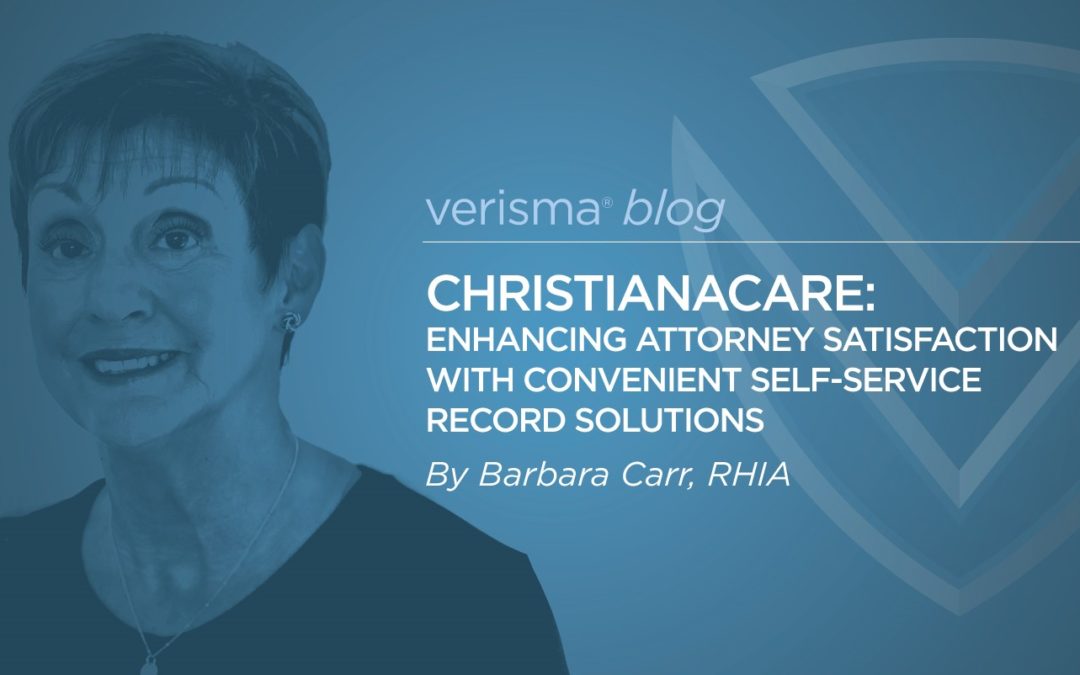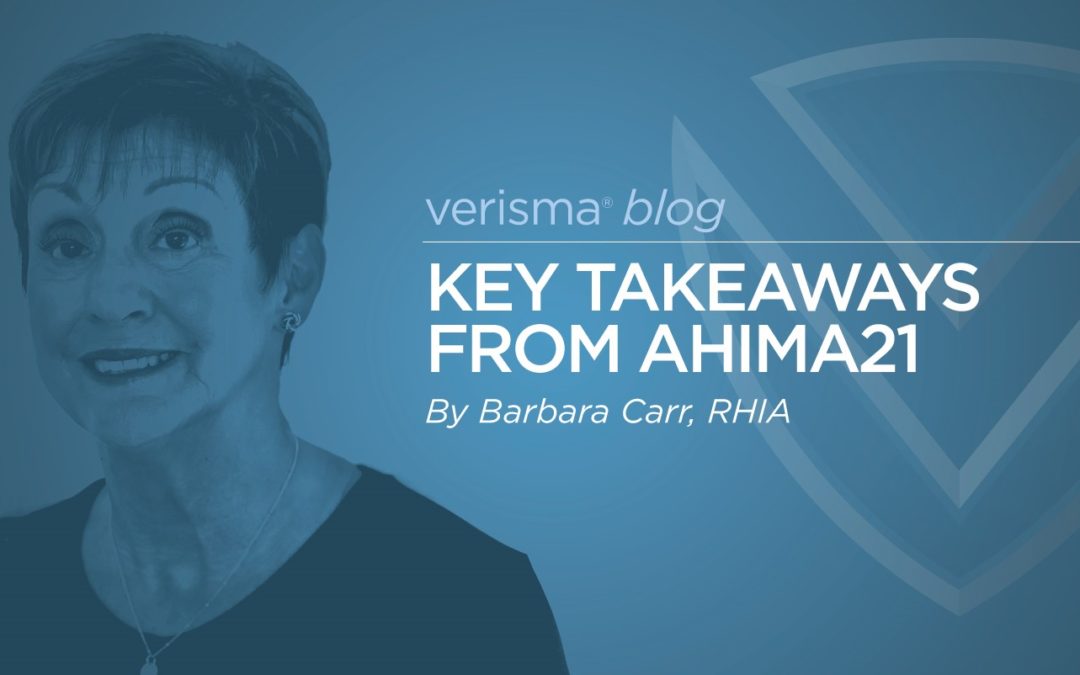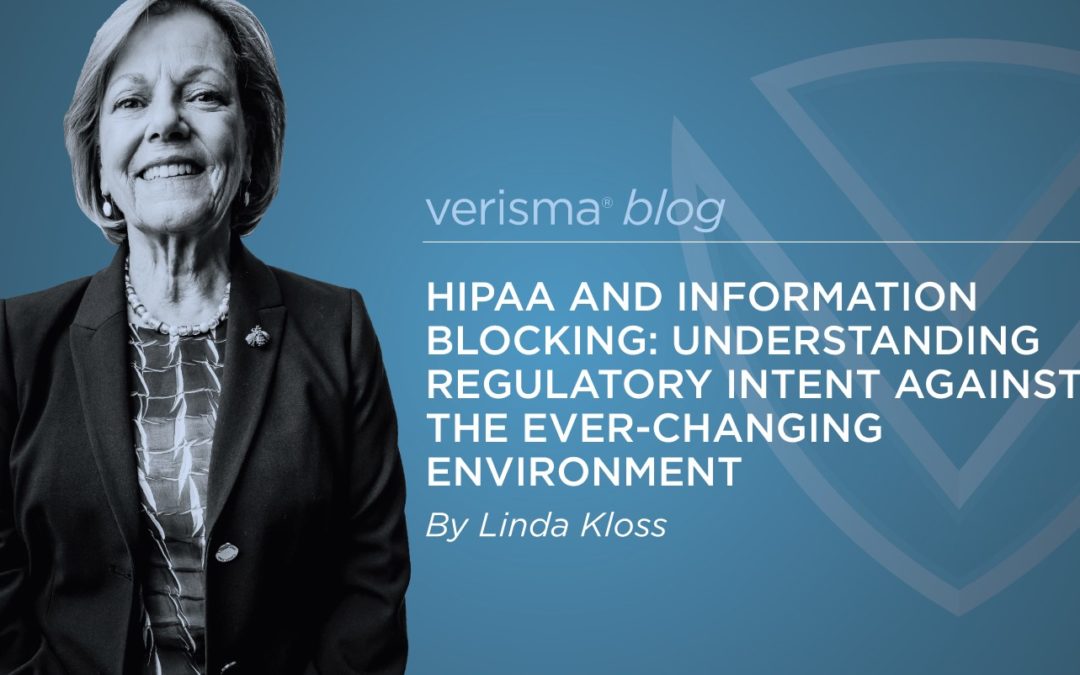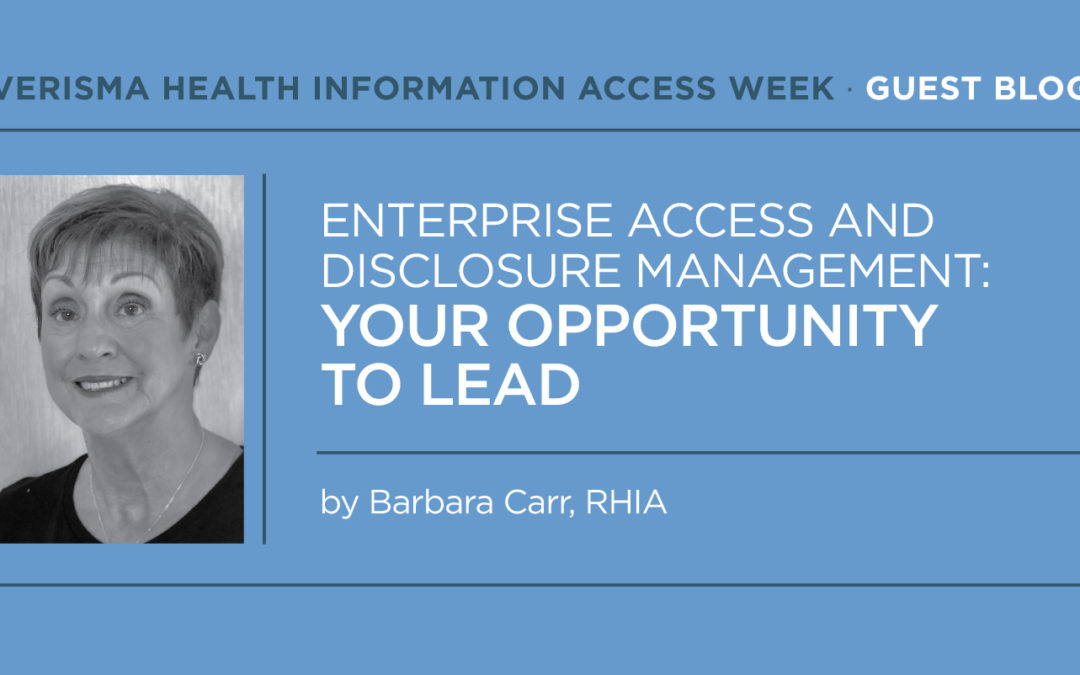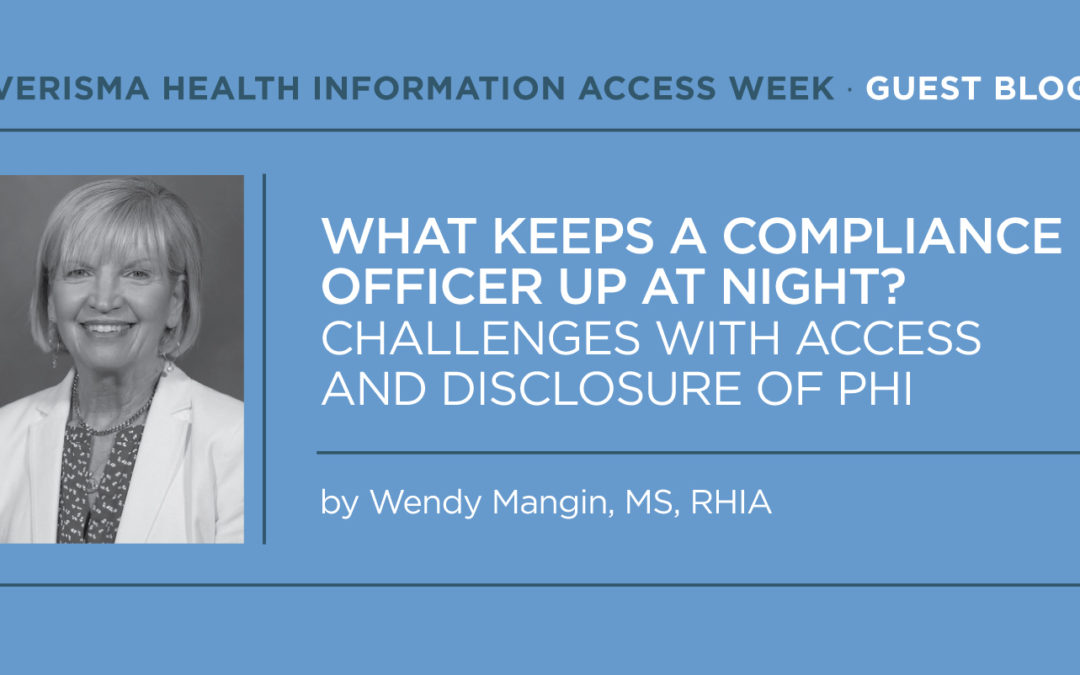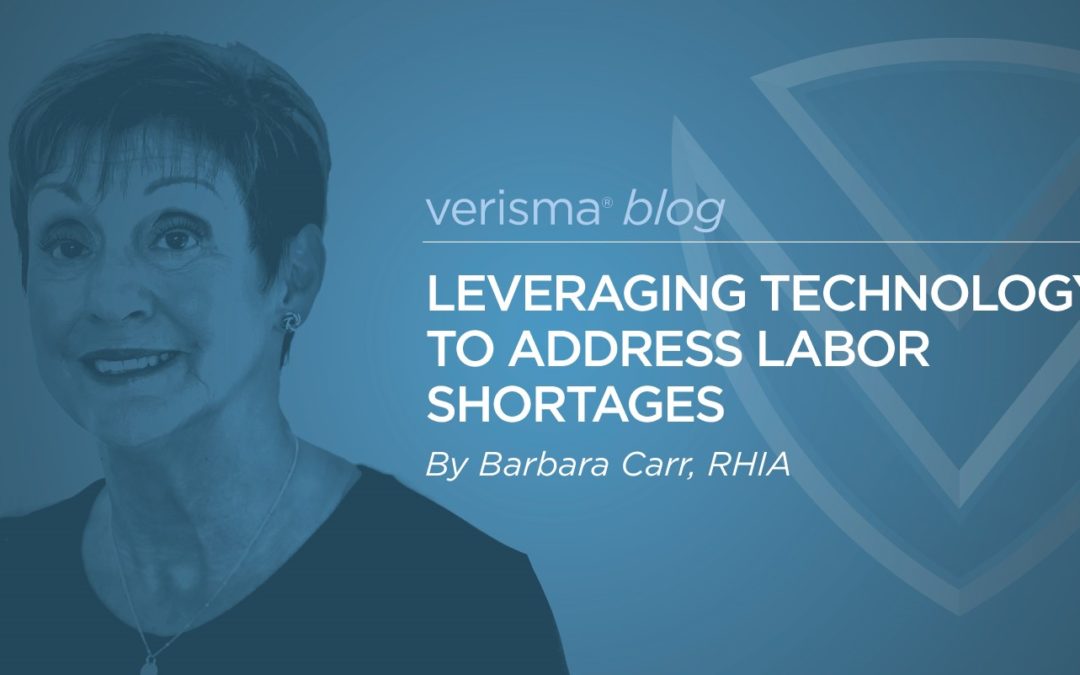
Leveraging Technology to Address Labor Shortages
By Barbara Carr, RHIA
Hospitals are facing a severe labor shortage of both skilled and unskilled workers. COVID stress and burnout, on top of retirement of the baby boomers, as well as the new vaccine mandates have all contributed to the shortage of labor.
American economic growth is highly dependent on the quality and quantity of workers. According to recent Forbes article, “Currently, the United States is facing a severe skilled and unskilled worker shortage that has long and short-term economic implications. In addition to the 9.3 million job openings, various economic indicators strongly support the idea that there aren’t enough workers in the United States: The number of people voluntarily leaving their jobs rose by 164,000 to 942,000 in June 2021.”
Labor shortages impact both the skilled and unskilled workers’ categories. Clinicians fall into the skilled worker category. While there is an acute shortage of clinicians, skilled workers with “middle skills” requiring more experience than just a high school diploma yet less than a four-year college degree are also contributing to the labor shortage. Middle skills requiring a better-than average understanding of the tools they need to do their job, technical knowledge, problem solving skills, and the healthcare landscape are in short supply. Now COVID vaccine requirements have added to the staffing issue that health care institutions need to address to keep operating.
During our December 14th Webinar, “Managing and Maintaining Productivity During a Time of Labor Shortages” we heard from experts at Verisma on how they leveraged Verisma’s technology to help several hospitals’ Health Information Management (HIM) and Patient Financial Services (PFS)/Business Office Departments that experienced labor shortages related to processing requests for records. PFS departments were faced with the need to keep payments coming in and any backlog in processing claims requests was going to cause a delay in payments. HIM departments dealing with labor shortages and lack of on-site staff were faced with quickly accumulating backlogs that needed to be addressed. Technology and creative out-of-the box thinking were urgently needed to address both types of challenges.
The PFS/Business Office Departments staff were working remote and experiencing labor shortages all at the same time. The Verisma Release Manager® (VRM) platform, along with Verisma Inbox™ were deployed to allow the remote staff to enter and track claims processing requests for records, respond to denials, as well as ADR Requests. The PFS/Business Office Department was provided access so they could see the status of their requests. Confirmation of records receipt by the payors was available to them and an important tool they could then use when on the phone with a payor. In addition, they had the use of Verisma Analytics™ so they could see volume and turnaround time statistics. Prior to implementation of this tool they were just processing record requests without knowing exactly what was received by the payors and without volume information.
In another real-world example, COVID and then subsequent labor shortages in the HIM department required a solution to handle walk-in requestors. The remaining HIM staff on site needed to take care of STAT requests and process the incoming mail requests and staff was also hesitant regarding in-person engagement with requestors. The time the existing staff on-site spent on walk-ins was taking away from processing of the paper requests received via the mail and thus a solution was needed.
The Verisma Request App® was installed on the hospital’s website along with the authorization for patients to complete with all the required information of what was being requested. Patients were able to upload a copy of their driver’s license for verification. Flyers and announcements went out within the healthcare system regarding the new app that was available for patient requests. Patients walking into HIM were given information for the app as well as access to a kiosk with a PC to complete their request. The request would be sent directly into VRM for processing. This freed up the on-site staff for other duties that were needed to be performed.
Another scenario addressed a health system experiencing a large backlog of requests due to high volumes and staffing shortages. Verisma Inbox™ was implemented where requests from multiple locations were centralized into one location and uploaded by bar code sheets into VRM. Requests were reviewed for duplicates and then sent for processing and distribution by Verisma staff. This relieved the HIM staff of having to process the workload for these requests and allocated time to other priorities.
All the scenarios discussed required thinking outside of the box and creatively using technology to tackle the ever-growing volume of requests coming into the hospital.
The panelist concluded with a discussion on how to retain talented staff. Ideas such as joining daily staff huddles, keeping work/life balances in mind for your staff, competitive salaries, and showing appreciation for staff were top of mind. Letting staff know they are appreciated and celebrating their achievements goes a long way!
The Healthcare labor shortage is not going away anytime soon. Investing in technology that promotes higher staff satisfaction, reduces turnover, and increases retention is a true investment in higher quality healthcare and organizational longevity. Training and technology can improve a worker’s overall experience as well as reducing the feelings of stress and burnout. Partner with local educational facilities, find ways to use the technology you already have in place and think outside the box to create new more efficient processes. Looking for a vendor partner that has the technology capability you are looking for and is willing to work with you to achieve your goals, is vitally important to mitigate labor shortages during these times of uncertainty.

